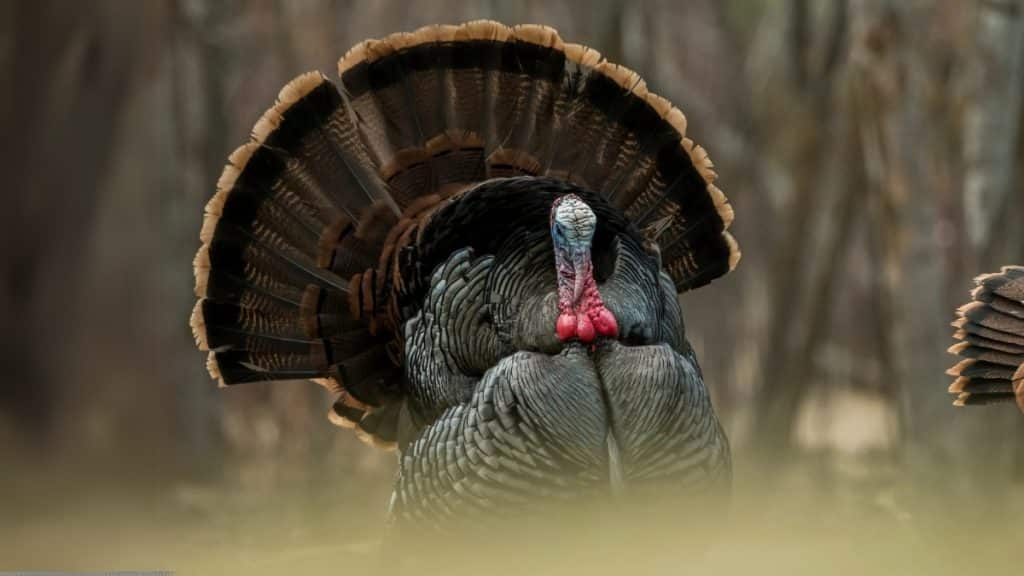Turkey hunting holds a special place in the hearts of outdoor enthusiasts, combining the excitement of pursuit with a deep connection to nature. Each spring, hunters are drawn to forests and fields, seeking the elusive birds with skill and patience. Understanding turkey behavior, which often aligns with local ecosystems, is key to success. Beyond the hunt, the experience offers lessons in wildlife patterns and the importance of ethical practices, making it as educational as it is thrilling.
Gaining confidence in turkey hunting requires honing techniques and adapting to changing conditions. Success depends on selecting the right gear, perfecting calls, and reading the environment to anticipate turkey movements. Weather and terrain variations keep hunters on their toes, turning each outing into a learning experience. These challenges help build better strategies, enriching future adventures and deepening appreciation for the sport.
Seasonal Patterns in Turkey Behavior
Turkey behavior changes with the seasons, affecting their feeding, mating, and roosting. Observing signs like tracks or droppings gives clues about their movements. Learning where turkeys spend their time can lead to more successful encounters. Understanding their daily routines, from morning calls to evening gatherings, helps pinpoint the best times to hunt.
Vocalizations are another key part of turkey behavior. Different calls send different messages. Learning to mimic yelps, clucks, and purrs is essential for effective communication. Tools like turkey hunting apps can help document findings, allowing hunters to track patterns over time. These apps can enhance hunting efforts by aligning strategies with the behaviors of local turkeys.
Gear Selection for Effective Turkey Hunting
Successful turkey hunting begins with carefully selected gear. Calls, decoys, and camouflage are essential. Slate or box calls are effective in open fields, while mouth calls work best in dense woods. Pairing lifelike decoys with these calls increases the chances of drawing turkeys into range, setting the stage for a successful hunt.
Scouting is equally important for preparation. Identifying turkey roosts and feeding areas saves time and helps map the terrain. Modern hunting apps enhance this process by marking key locations and providing weather updates. Combining traditional scouting methods with technology equips hunters for a productive and enjoyable experience.
Getting Your Calling Techniques Down
Mastering turkey calls requires practice and understanding their purpose. Yelps signal presence, clucks convey calmness, and purrs express contentment. Each call must be delivered with the right timing and volume to sound natural. Hunters who learn these specifics can adapt their calling style to suit different situations, improving their chances of success.
Practicing in varied environments sharpens these skills. Recording calls with hunting apps helps identify areas for improvement. Softer calls work well in the early morning, while louder calls may be more effective later. Combining well-executed calls with strategic timing makes calling an essential technique for attracting turkeys.
Adapting Hunting Strategies for Different Terrains and Conditions
Flexibility is key for successful turkey hunting. Strategies should adapt to the terrain, whether it’s fields, woods, or ridges. Open fields are ideal for spotting turkeys from a distance, while wooded areas demand stealth. Ridges offer excellent vantage points to observe turkey movements. Adjusting tactics to the environment improves success rates.
Weather significantly impacts turkey behavior, with temperature, wind, and rain influencing their patterns. Staying aware of these changes and modifying strategies accordingly can improve outcomes. Hunting apps with weather tracking features provide valuable details for on-the-spot adjustments. Quick responses to shifting conditions can turn challenges into rewarding hunting experiences.
Learning and Improving After Each Hunt
Every hunt offers a chance to learn and grow. Reflecting on successes and missteps helps refine strategies for the future. By focusing on strengths and tackling weaknesses, hunters can improve their skills and outcomes over time, making each outing more productive and rewarding.
Hunting apps streamline the process of tracking observations, helping hunters build detailed records to analyze patterns and improve strategies. Sharing experiences with fellow hunters fosters collaboration and sparks new ideas and techniques. Staying informed about conservation efforts and ethical practices supports responsible wildlife management, combining personal success with a commitment to stewardship.
Turkey hunting success requires preparation, flexibility, and learning. Study turkey behavior to understand their patterns and use this knowledge to guide your approach. Choose reliable gear and practice your calling techniques to attract birds effectively. Stay flexible, adjusting your tactics to match changing conditions and terrain. After each hunt, think about what worked and what didn’t to keep improving. Using tools like turkey hunting apps can help you track patterns, mark important spots, and adapt to weather changes. Good preparation, a willingness to adapt, and ongoing learning lead to rewarding hunts while showing respect for wildlife.
